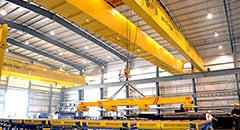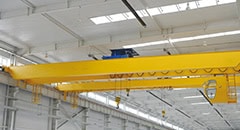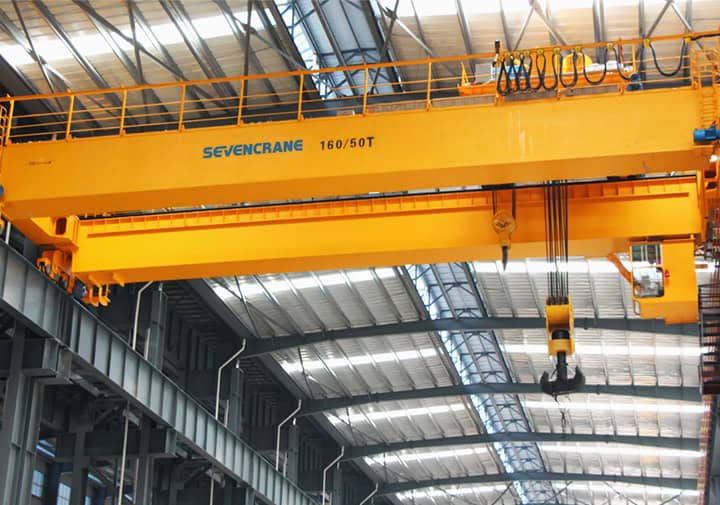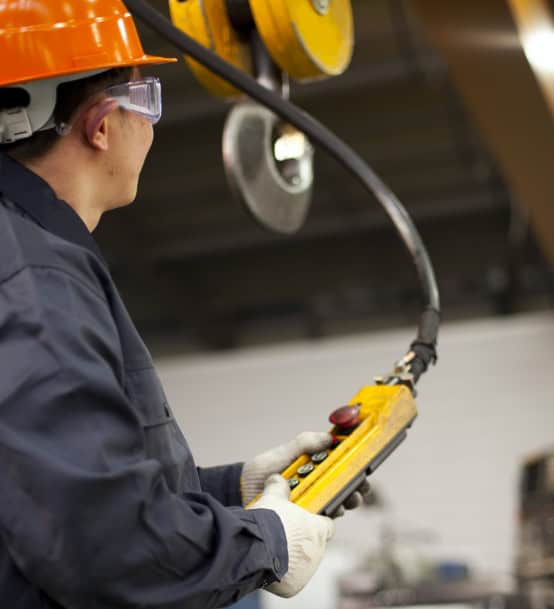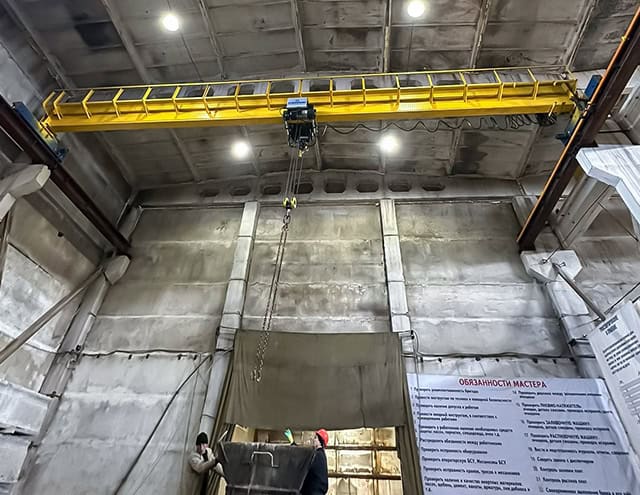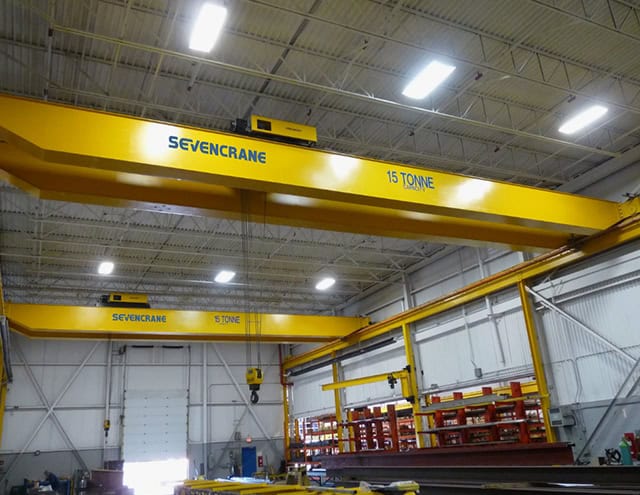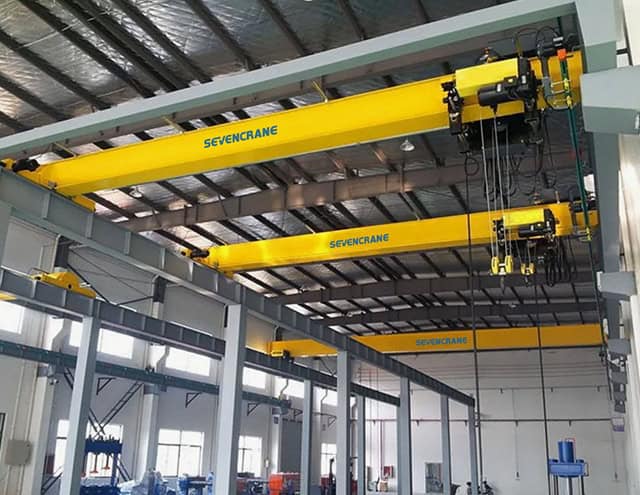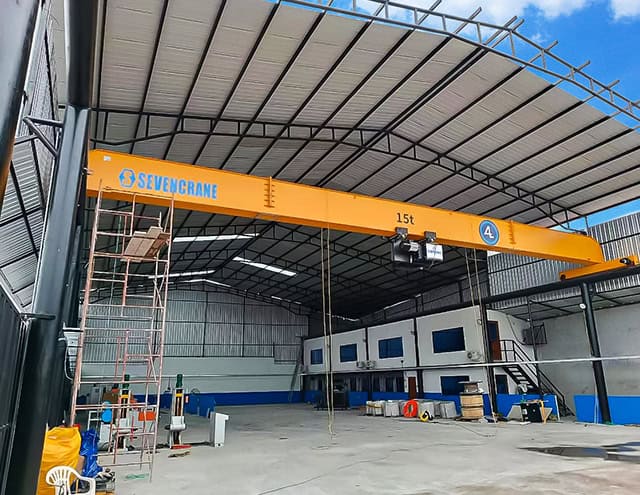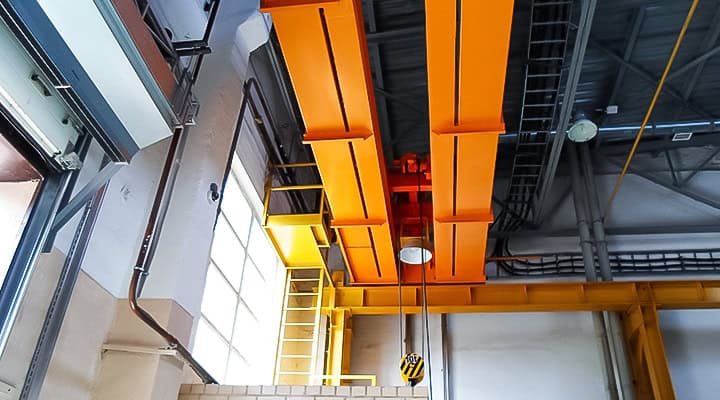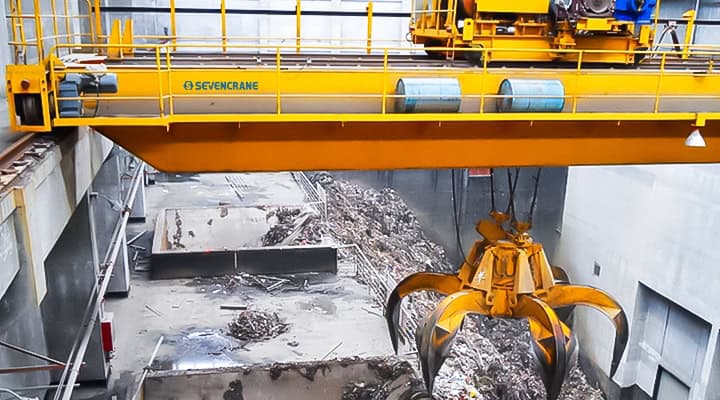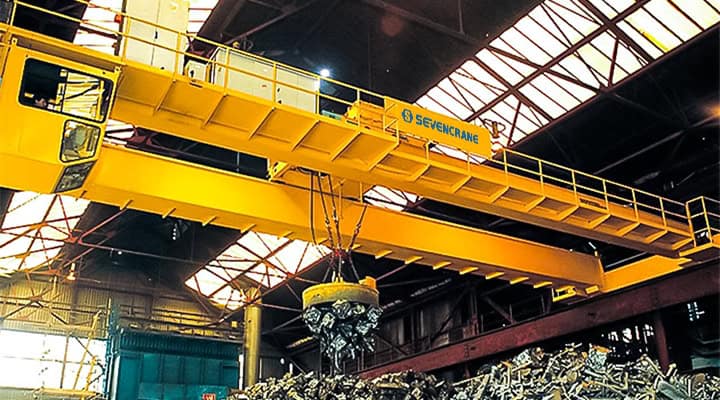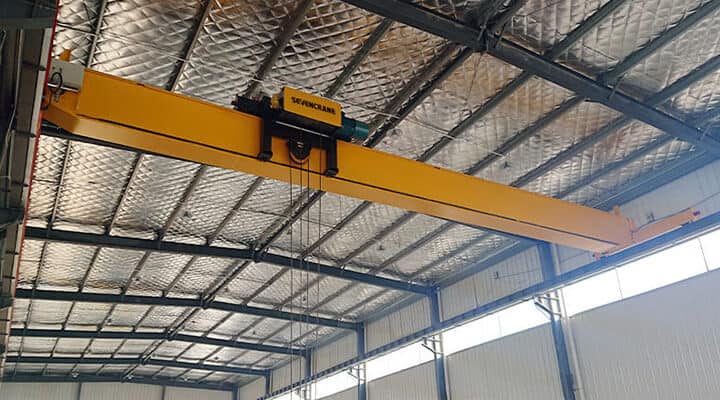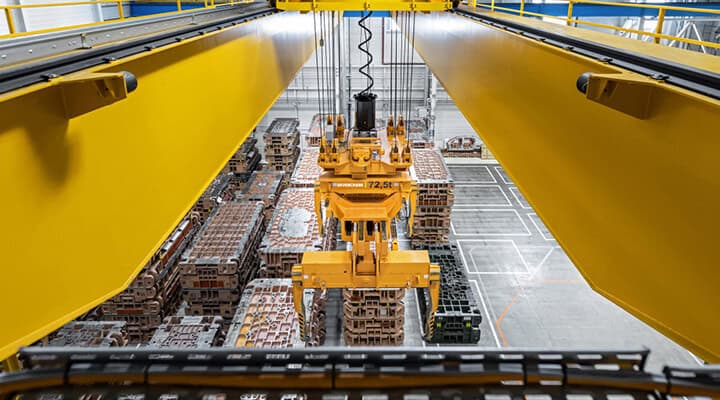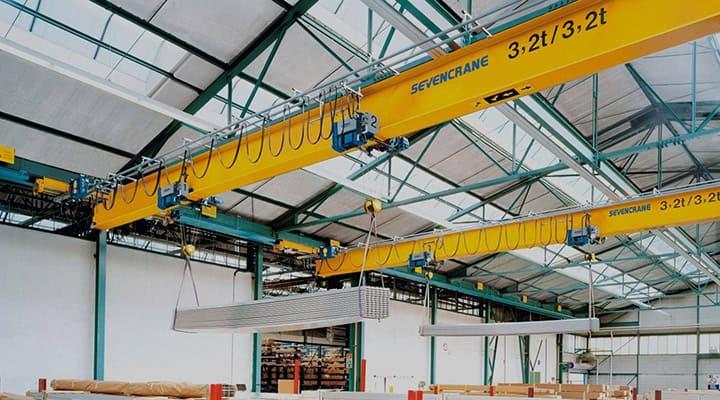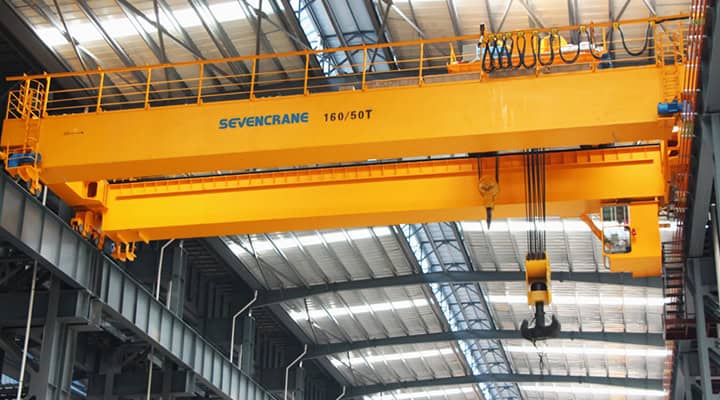Краны Top Running Cranes предназначены для рабочих сред с ограниченным пространством. Их компактная конструкция делает их идеальными для объектов с низкой высотой потолков и позволяет эффективно обрабатывать материалы. Кран имеет настраиваемую конфигурацию для адаптации к различным планировкам зданий и эксплуатационным потребностям. Уменьшенный вертикальный профиль повышает маневренность, делая его более гибким для работы в ограниченных пространствах, тем самым максимально используя пространство на земле. Кроме того, эффективная конструкция кранов Top Running Cranes особенно подходит для трансформации существующих зданий и удовлетворения потребностей быстро меняющихся отраслей, таких как производство и складирование. Этот тип мостового крана известен своей прочной конструкцией и превосходной грузоподъемностью. Он устанавливается на гусеницах на верхней части балки подкранового пути, обеспечивая отличную устойчивость и большие пролеты. Он может легко выдерживать большие грузы и очень подходит для применения в таких тяжелых отраслях, как сталелитейная, автомобильная и судостроение.
Применение: Кран с верхним ходом широко используется во многих случаях, включая машиностроительные цеха, цеха механической обработки, цеха сборки пресс-форм, цеха по производству автомобилей, электростанции, бумажные фабрики и металлургические цеха. Использование канатных талей особенно важно в средах, включающих легковоспламеняющиеся, взрывоопасные или едкие среды, поэтому пользователи должны уточнить конкретную среду и условия использования перед выбором.
Компактный дизайн
Функция «экономии пространства» крана верхнего хода специально разработана для зданий с низкой высотой потолков, чтобы оптимизировать высоту подъема для эффективной работы в ограниченном пространстве. Вот основные детали этой функции конструкции:
- Компактная установка: Электротельфер установлен сбоку от главной балки, а колеса движутся по нижнему краю главной балки, что значительно уменьшает вертикальную площадь опоры.
- Ограничение по малому крючку: По сравнению с традиционным оборудованием предельный размер крюка тали с низкой габаритной высотой меньше, что обеспечивает большую грузоподъемность в ограниченном вертикальном пространстве.
- Эффективное использование пространства: Такая конструкция эффективно решает проблему ограниченного вертикального пространства, делая погрузочно-разгрузочные работы более гибкими, не влияя на грузоподъемность крана.
- Высокая адаптивность: Конструкция с низкой высотой потолка позволяет легко интегрировать его в различные здания с низкой высотой потолка, чтобы соответствовать постоянно меняющимся промышленным потребностям.
Такая конструкция не только повышает эффективность работы, но и обеспечивает безопасность и удобство пользователей в различных замкнутых пространствах.

